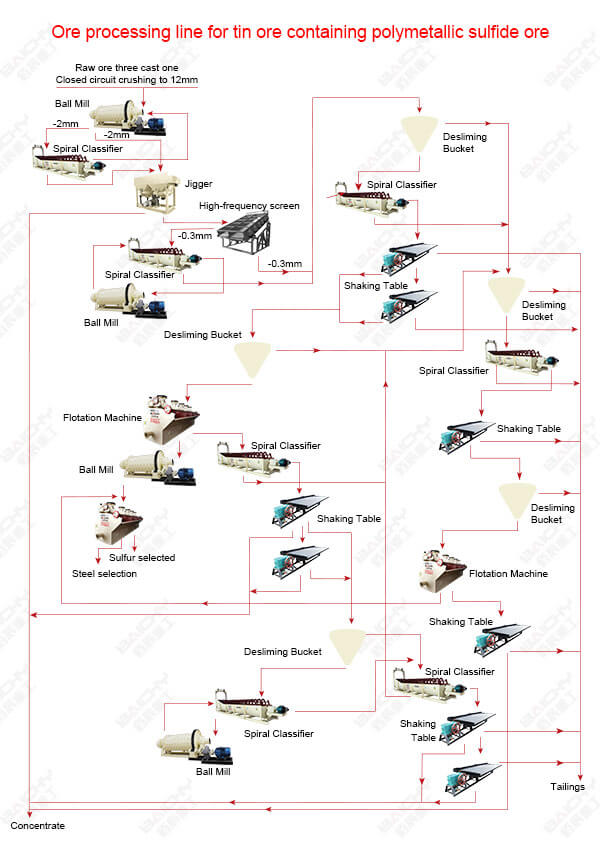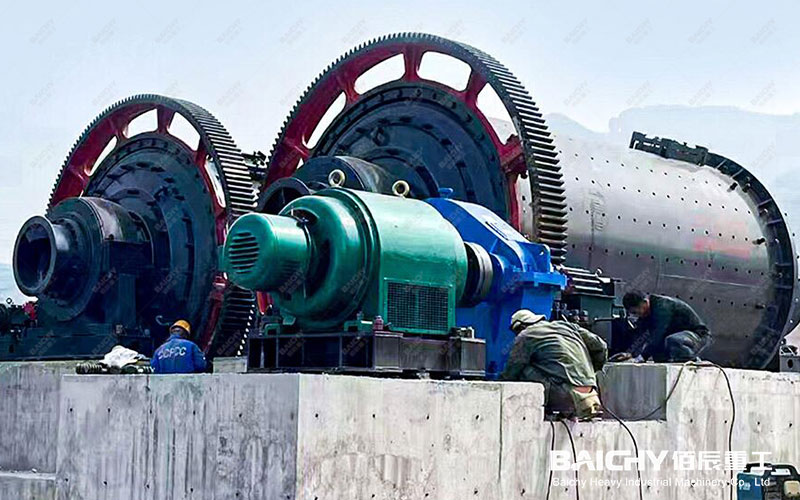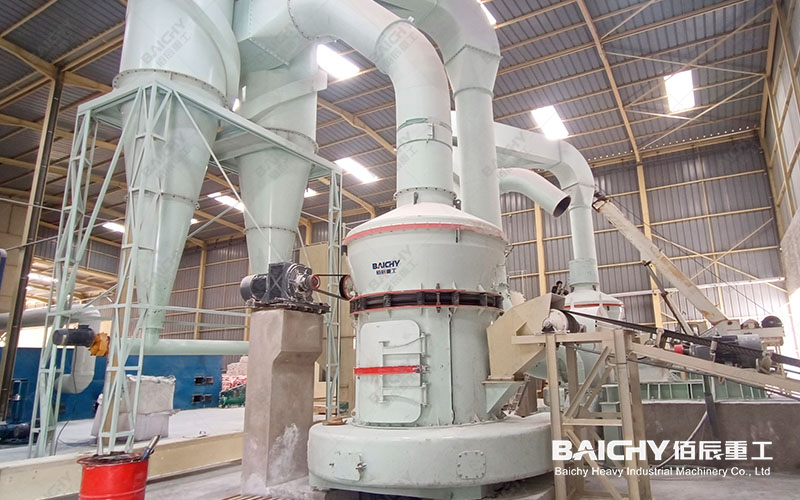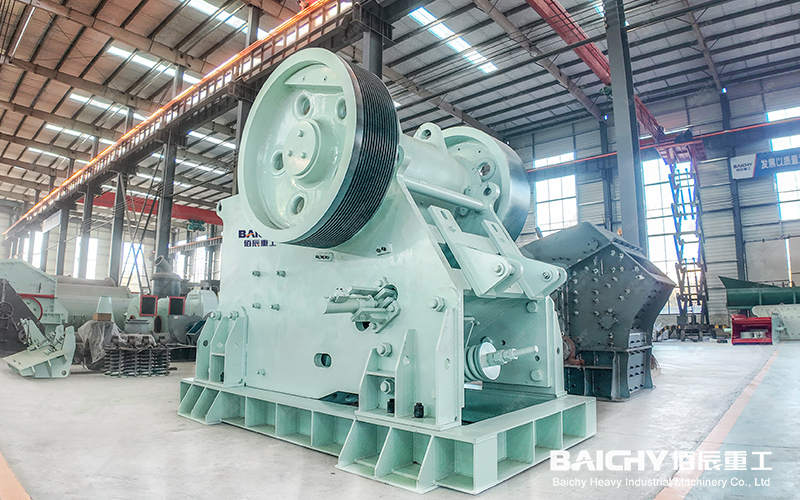



• The gold ore is first crushed into a crusher for coarse, medium, or fine crushing to reduce the particle size for subsequent grinding operations. Common crushing equipment includes jaw crushers, cone crushers, or impact crushers.
• The crushed gold ore is further sent to grinding equipment, such as ball mills or rod mills, to further refine the particle size and increase the surface area of the gold ore, which is conducive to the dissolution and extraction of gold.
• The crushed gold ore is mixed with the leaching solution in a circulation system consisting of a large leaching tank. The slurry is mixed evenly by stirring or injecting bubbles.
• In the leaching tank, the leaching solution contacts and reacts with the gold in the gold ore to form a gold cyanide complex, which dissolves the gold from the ore. This leaching reaction needs to last for a certain period of time, which can be adjusted according to the characteristics of the ore and the gold grade.
• The slurry containing dissolved gold passes through an adsorption tank filled with activated carbon. Activated carbon has a high affinity for gold and adsorbs the gold-cyanide complex onto its surface.
• As the slurry flows through the activated carbon bed in the adsorption tank, the gold-cyanide complex interacts with the adsorbable sites on the surface of the activated carbon, causing the gold ions to be adsorbed onto the activated carbon. This process is based on the high affinity and adsorption capacity of the activated carbon for the gold-cyanide complex.
• The gold-adsorbed slurry is separated from the activated carbon, usually by screening or filtering.
• The gold-containing activated carbon then enters the elution or desorption stage, where the gold is desorbed from the activated carbon using a specific method.
• The adsorbed slurry continues to flow to the washing tank or washing tower, where the activated carbon is washed with a detergent (such as water) to remove impurities and residual cyanide attached to its surface.
• The desorbed gold ions are converted into gold mud or gold powder by chemical methods such as electrolysis or precipitation.
• The washed activated carbon can be reused in the adsorption process to form a cycle.
• The leached slurry is further treated to recover residual resources and treat wastewater to achieve environmentally friendly production.








